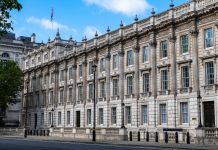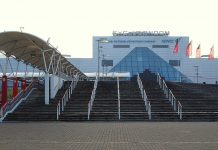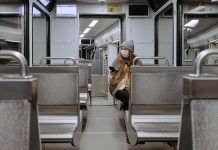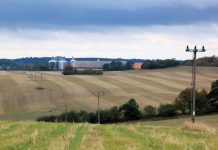Maria Vassilakou, Deputy Mayor of Vienna, gives an overview of the Vienna Urban Development Plan STEP 2025.
Vienna is immediately associated with culture, heritage and high quality of life, but this first impression is incomplete. The Vienna metropolitan region has seen an era of dynamic development since the political changes of the 1990s. With a population approaching 3 million, it has become a pivotal hub in Central and Eastern Europe. Urban development planning for this region is quite evidently, a challenge. The overall strategy for this important field of development is called STEP 2025, the Vienna Urban Development Plan, and was recently adopted by the Vienna City Council.
Like most successful metropolitan areas, the Vienna region attracts a large number of people, which of course leads to population growth and increasing diversity. These factors alone result in various demands on infrastructure, housing and job creation. Our strategies for meeting the demands should be intelligent, sustainable and compatible with limited financial and spatial resources. This is what we invariably keep in mind when taking urban development decisions. We aim to overcome borders by cooperating closely with our neighbours within the metropolitan region. This is a chance to further improve the way our region is organised.
STEP 2025 addresses a multitude of development tasks, and many of them have a highly complex technical background. For example, I would like to highlight 2 central aspects that demonstrate the principles of our urban development strategy.
Vienna is a city of social equity, and we are committed to keeping it this way, based on a concept of public services and social cooperation. We have defined a number of key goals for urban planning so living in Vienna remains attractive for all population groups.
Public spaces are to be adapted to new requirements, taking into account various user groups and interests, ranging from children to senior citizens and from sports to general leisure activities. We are further expanding our network of green spaces to supplement the many recreation areas and pockets of natural environment Vienna already has. Our housing policy concentrates on continuing the model of subsidised social housing, while at the same time promoting new housing developments to make sure there will always be enough homes as the population keeps growing dynamically. This is to prevent price hikes in the rental sector. Moreover, we support walking, cycling and public transport as eco-friendly, healthy and generally affordable ways of getting around in Vienna.
The second major aspect I would like to address is our commitment to sustainable urban development. We constantly ask ourselves how life in the city can be planned and organised with the limited resources that are available to us in the long term. This goal inevitably influences our urban planning strategy: new urban neighbourhoods are planned in a compact manner, existing areas are regenerated and, where possible, housing density is increased while maintaining high quality standards. This approach goes hand in hand with the mobility strategy outlined above. A smoothly functioning public transport system in combination with cycling, attractive footpaths and new mobility options ensures people can get around perfectly well without having to buy their own car.
Maria Vassilakou
Deputy Mayor of Vienna







